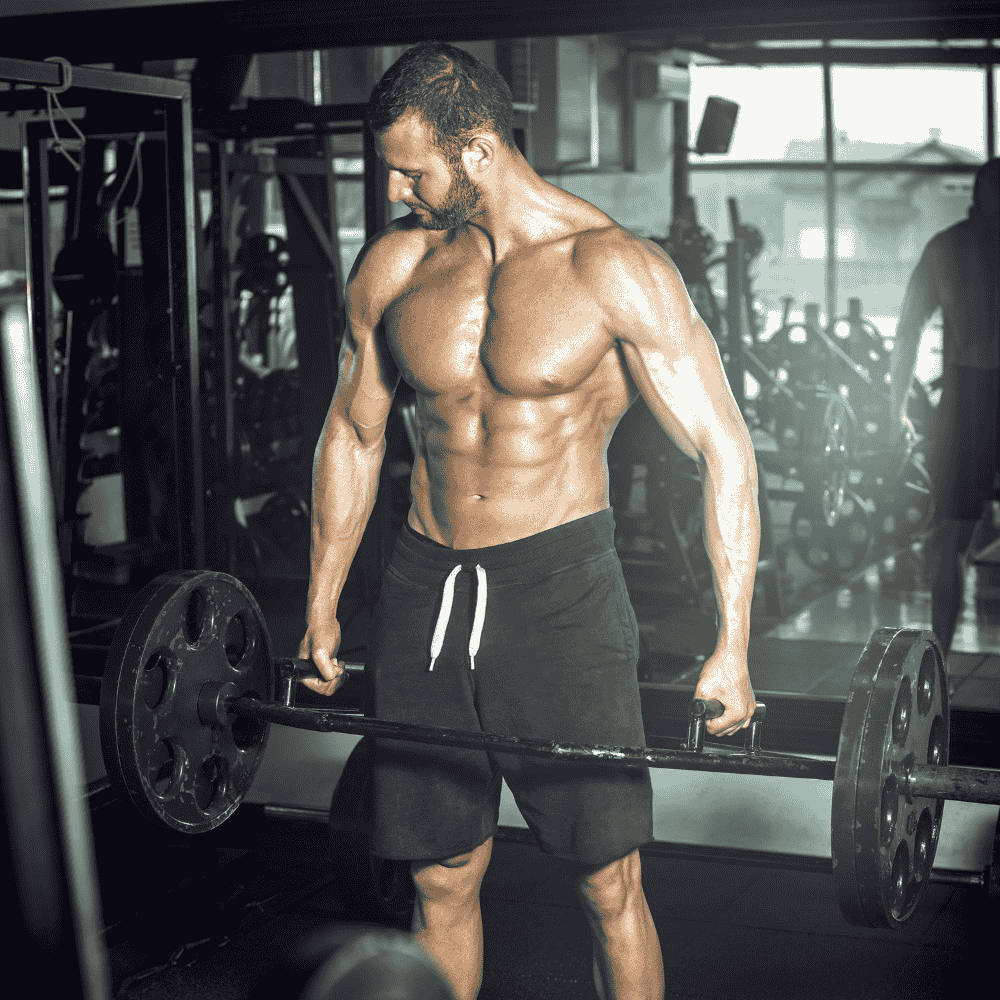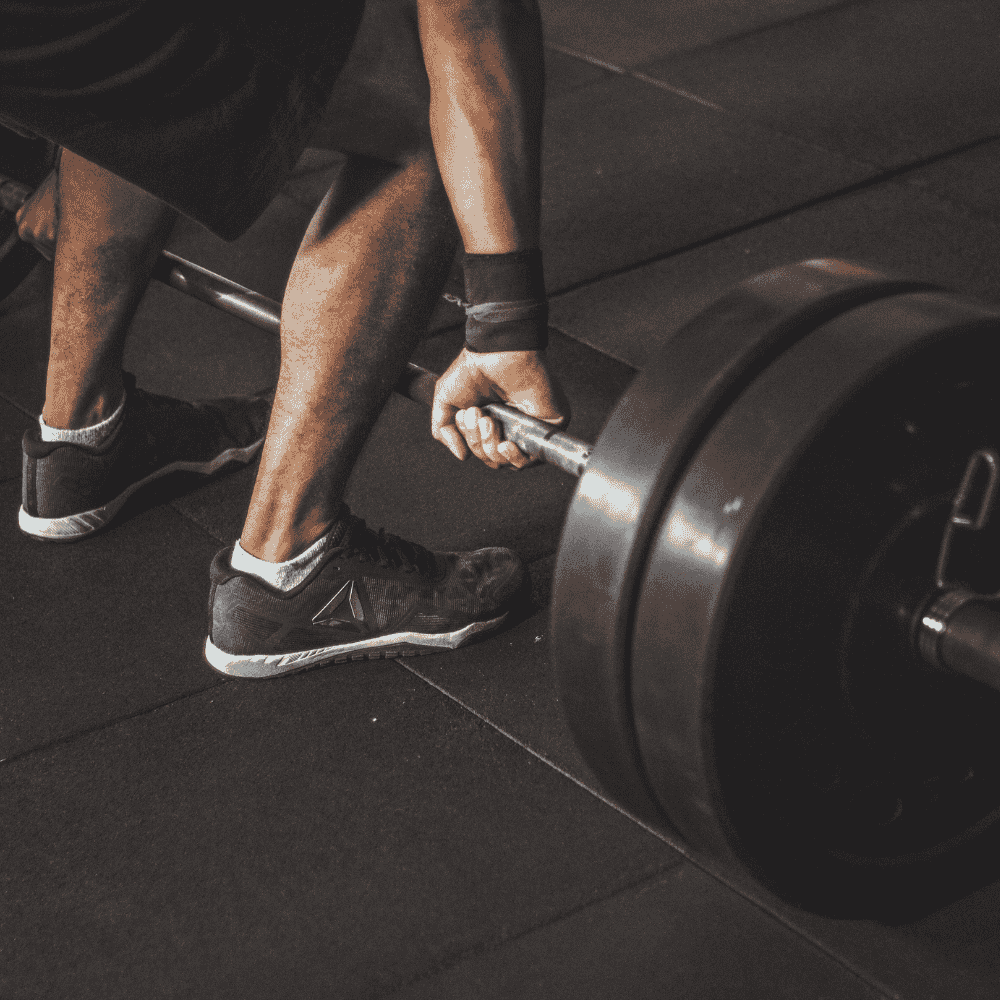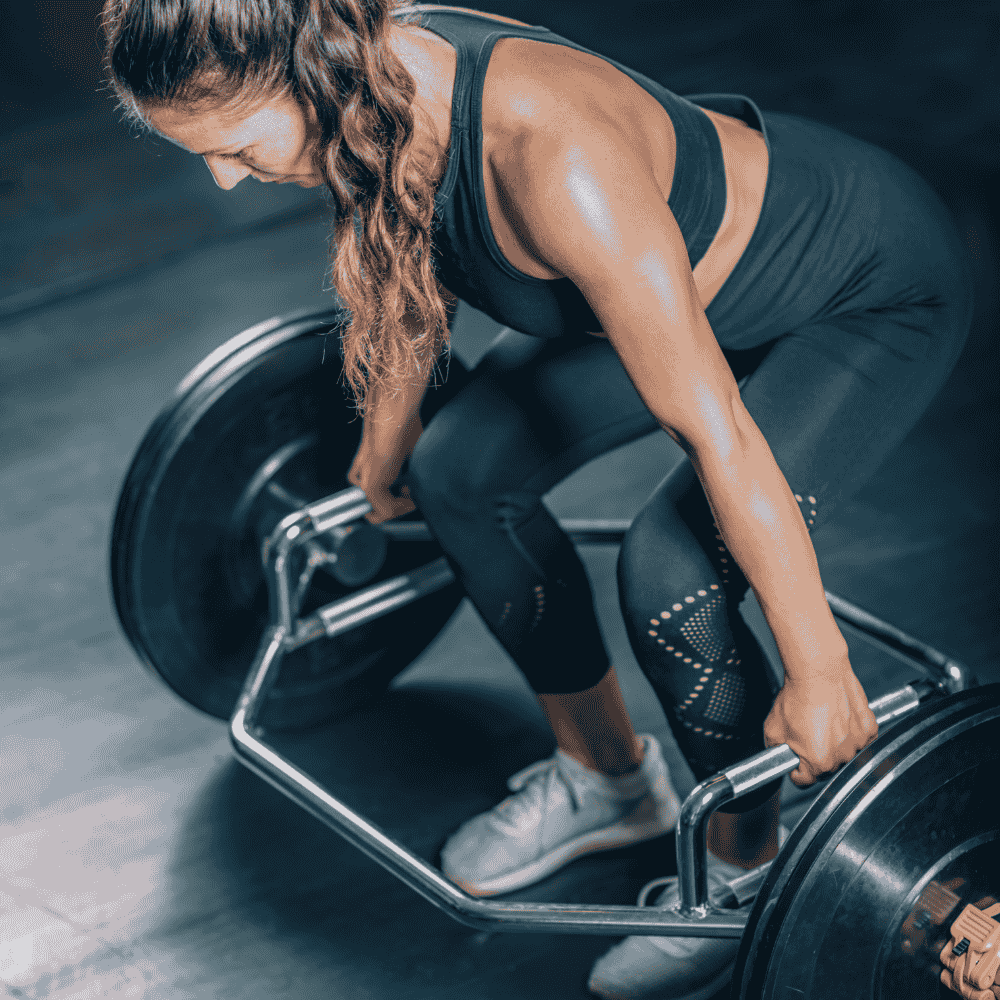The trap bar shrug is one of the most effective exercises for building strong, well-defined trapezius muscles — those broad muscles between your shoulders and neck.
Using a trap bar (also known as a hex bar) makes this classic move safer, smoother, and more effective by improving posture and reducing wrist strain.
If you're looking to develop upper body strength, improve posture, or complete your trap bar training plan, this simple yet powerful lift should be in your routine.
Why Use a Trap Bar for Shrugs?
The trap bar’s neutral grip and balanced design offer several benefits over traditional barbell shrugs:
- More natural hand position = less wrist and elbow stress.
- Weight in line with the body = better posture and form.
- Easier to control = safer for beginners and heavier lifts.
Compared to dumbbells or barbells, the trap bar shrug allows you to lift more comfortably and with better alignment, targeting the traps more directly.
How to Perform Trap Bar Shrugs
- Step inside your trap bar and grip the handles firmly.
- Stand tall, with your feet shoulder-width apart and knees slightly bent.
- Brace your core and keep your shoulders relaxed.
- Lift your shoulders directly upwards toward your ears — no rolling!
- Pause at the top for a strong contraction, then slowly lower back down.
Reps & Sets: Start with 3–4 sets of 10–15 reps, adjusting your trap bar weight as needed.
Trap Bar Shrug Benefits
-
Isolated Trap Development
Shrugs focus directly on the trapezius muscles, helping you build upper back mass and improve posture. -
Improved Grip Strength
Holding the trap bar helps strengthen your grip and forearms — a great side benefit for lifters. -
Better Shoulder Stability
Strong traps support your shoulders in pressing and pulling movements, making them essential for overall upper body function. -
Beginner-Friendly Form
Unlike barbell shrugs, which can force awkward wrist angles, the trap bar allows a neutral grip for more natural movement.
When to Add Trap Bar Shrugs to Your Routine
Add trap bar shrugs at the end of your upper body or full-body session.
They're an excellent accessory lift after big movements like trap bar deadlifts or trap bar squats.
Pair with:
- Trap bar carries.
- Overhead presses.
- Rows or pull-ups.
Common Mistakes to Avoid
- Rolling the shoulders — lift straight up and down.
- Using momentum — keep the movement slow and controlled.
- Neglecting form — posture matters as much as weight.
Strong Traps, Stronger Lifts
Your traps play a critical role in stabilising the neck, shoulders, and spine.
Developing them with trap bar shrugs can improve your posture, reduce neck tension, and support bigger lifts across your training.









